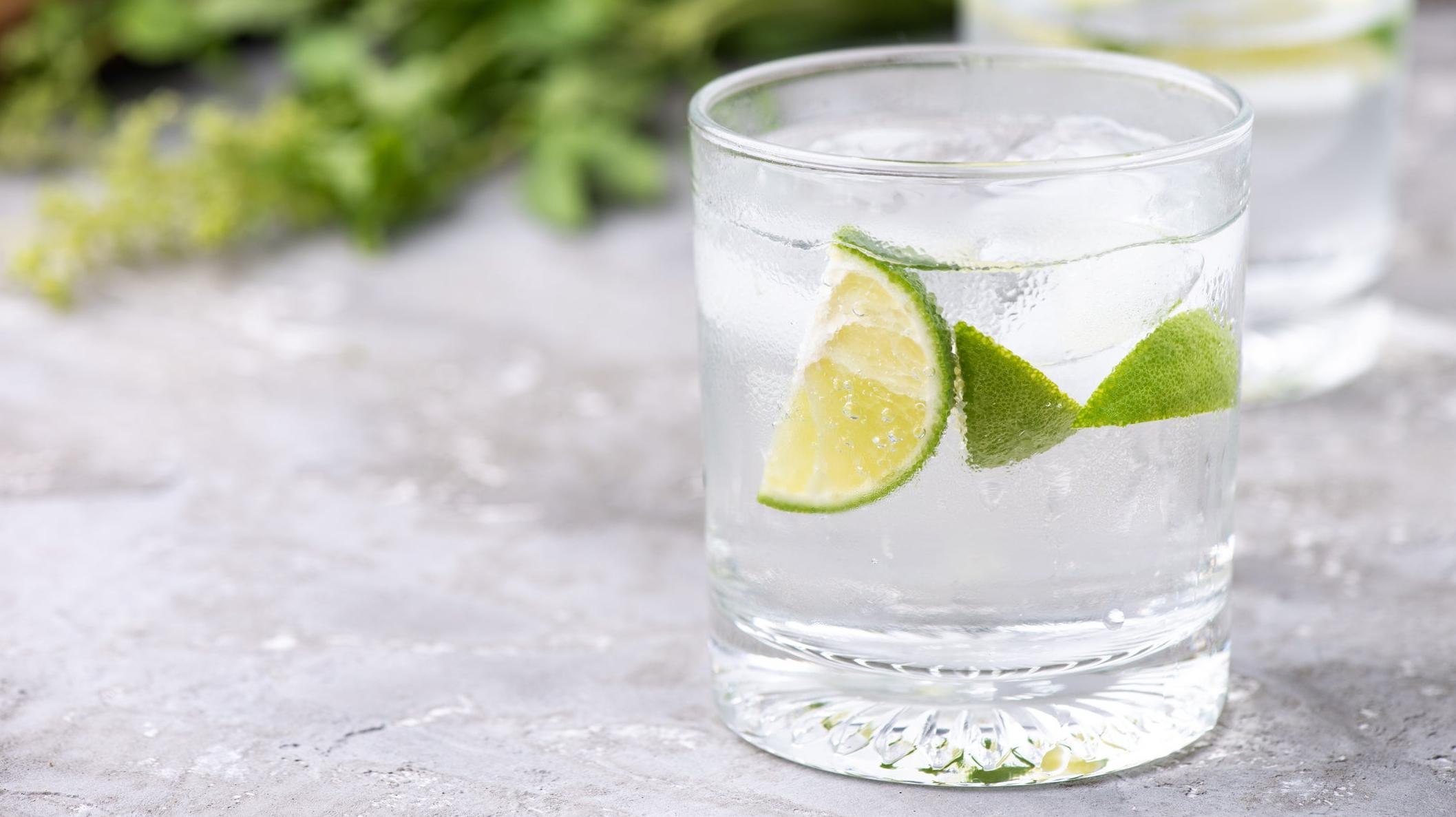Seltzer, Tonic Water, Club Soda—what's The Difference?
With this guide, you’ll never have a mixer mixup again.
Bubbles can make any drink a little more exciting. But which bubbles are the right ones for you? While it's easy to differentiate between sodas, sparkling wines, and other carbonated beverages, deciphering the best baseline fizzy drink for any given occasion means knowing the nuances of seltzer, tonic water, and club soda. Here's a brief guide to keeping all of these straight.
Seltzer
The simplest of all these concoctions, seltzer is simply water blasted with carbon dioxide. While there are many styles and flavors thanks to the boom of brands like La Croix, not to mention the continuing rise in popularity of alcoholic seltzer offerings, you can just as easily drink the stuff straight and unflavored (and yes, it will hydrate you). For those who regularly down sparkling water, might I suggest investing in a SodaStream? It provides a great base that you can jazz up anyway you like, whether that be making a cocktail, mixing in flavors or juices, or just to sip on plain.
Tonic water
Tonic is basically sparkling water with a little kick in the form of quinine. According to Mixology magazine, the more quinine in your tonic, the more bitter the taste. Quinine comes from cinchona bark and back in the day was used medicinally to treat malaria. These days, it's most commonly found alongside some gin and lime in a cocktail.
While it may seem easy enough to make your own tonic at home, take a cautionary lesson from Shelby Pope at Tales of a Cocktail Foundation—there are risks. If you add too much quinine to your own bubbly concoction, it has the potential to cause some serious side effects like vomiting, dizziness, abnormal heart rhythms, and, in some very rare cases, death. Go ahead and stick to the pre-packaged stuff if a more bitter drink is your fancy.
Club soda
Again, it's just a tiny additive that differentiates club soda from plain old sparking water, this time in the form of added minerals. Healthline explains that the typical compounds found in club soda are potassium sulfate, sodium chloride, disodium phosphate, and sodium bicarbonate, all of which can contribute to club soda's slightly salty, sometimes sweet taste.
While club soda is a standard go-to for nondrinkers, it's also essential to cocktails like mojitos, fizzes, and spritzes. And its useful even if you don't drink it; according to Scientific American, something about the minerals and bubbles make it useful for getting red wine stains out of fabric.
